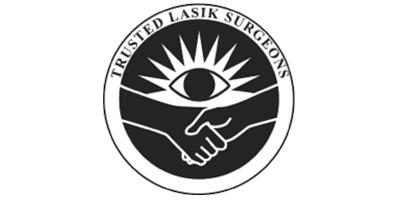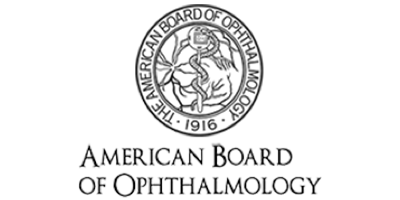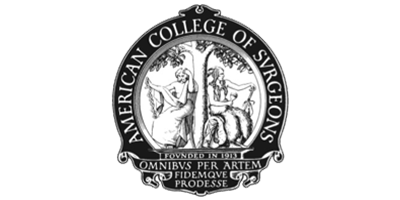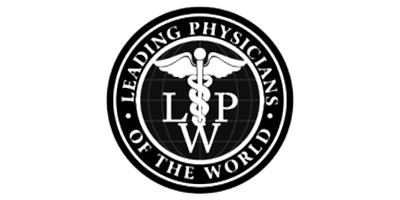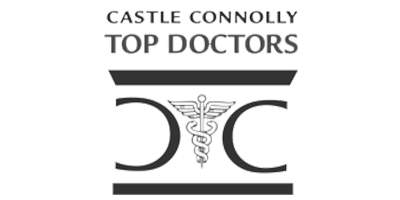Patient Procedures at Empire Eye Physicians
Laser Cataract Surgery
Empire Eye was the first practice in the Inland Northwest to offer patients the new standard in precision cataract surgery with laser-assisted cataract surgery.
A cataract is the clouding of the eye’s natural lens and for most people, cataracts are part of the aging process. They can also be caused by an injury to the eye, a disease process, medications, or even longterm exposure to sunlight. Not all cataracts require surgery. However, if the cataract is causing blurred vision and difficulty performing daily tasks, it is time to consider surgery. During cataract surgery, the cataract (cloudy lens) is removed from the eye and replaced by an Intraocular Lens (IOL) or artificial lens.
Laser-assisted cataract surgery is a more advanced way to perform cataract surgery and is used to improve your vision and decrease the need for glasses. During the procedure, your surgeon will use the laser to create a circular opening for accessing and removing the cataract. The laser is used to make small corneal corrections for astigmatism, an irregularly shaped cornea which causes distorted and blurry vision. Energy from the laser is used to break the cataract up into small pieces so it can be more easily removed.
Surgery Forms:
Cataract Surgery Checklist
Cataract Surgery Discharge Instructions
Procedure Benefits
- Highly customized treatment using advanced 3D imaging
- More precise treatment
- Gentler and easier cataract removal with less ultrasound energy
- More options for astigmatism correction
Vision Packages
Vision Package 1 – Laser-Assisted Cataract Surgery with a Monofocal IOL: Guaranteed best distance or near vision IOL with astigmatism correction. Postoperatively, glasses and bifocals are expected to be needed at all times, to see the very best.
Vision Package 2 – Laser-Assisted Cataract Surgery with a Presbyopia Correcting IOL: Provides high-quality distance and near vision, and is designed to increase freedom from glasses. Halos around lights at night are expected and diminish in 3-6 months for most patients.
Vision Package 3 – Laser-Assisted Cataract Surgery with a Light Adjustable Lens (LAL): The only adjustable IOL available that allows for the optimization of your vision after lens implantation and healing. The Light Adjustable Lens is made of a special photosensitive material that changes the shape and power of your implanted lens in response to ultraviolet (UV) light. Light treatments are delivered in your doctor’s office with the Light Delivery Device (LDD).
Patient Testimonials

